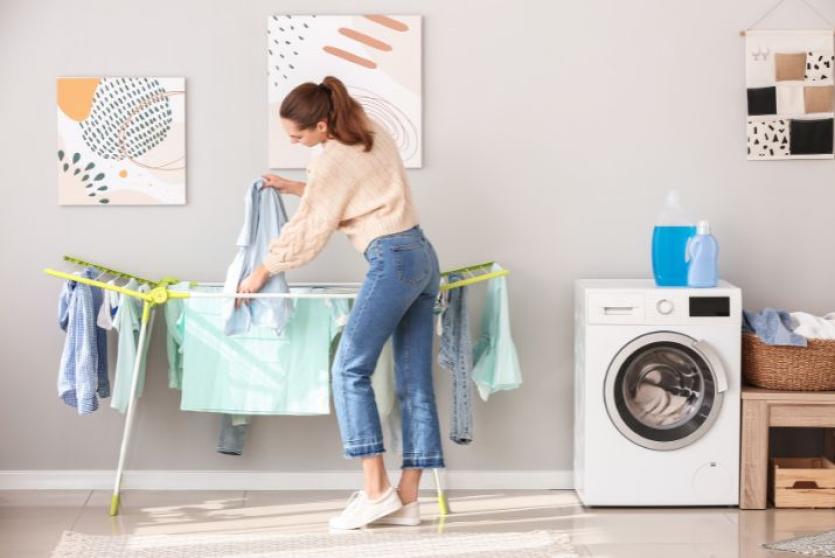Tenants’ responsibilities for avoiding damp in their rented home

There are lots of different sources of damp in a rented home all of which can damage the property and result in mould growth, which is not only unsightly, but, in some cases, can be damaging to your health if the mould spores are inhaled.
Ultimately, your landlord is responsible for fixing damp issues.Under the Housing Act 2004 and Homes (Fitness for Human Habitation) Act 2018, they are legally responsible for maintaining a rental property in a good and safe condition for their tenants and free from hazards.
However, if you understand the causes of damp, it might be that you can help to keep it at bay or at least be sure your landlord is tackling the issue properly.
These are the key ways that damp can affect the home you are renting:
- Condensation, where excess moisture in the air can’t escape and settles on cool surfaces
- Internal leaks – e.g. water seeping behind tiles in the bathroom and soaking though walls and floors
- Water penetrating from outside through things like cracked brickwork and missing roof tiles
- Groundwater soaking in from underneath the property – known as rising damp
Rising damp, penetrating damp and leaks are obviously issues with the property itself that must be repaired. However, in the past, surface mould and damp caused by condensation has often been a source of dispute between tenants and landlords.
Some landlords believe that if the tenant has effectively caused the damp – e.g. by drying laundry in a room and not ventilating, or not heating their home adequately – then they should be responsible for getting rid of it. Their argument is that the tenant has broken their rental agreement by not taking care of their home.
But last September, the Government published new guidance for landlords, making it very clear that all cases of damp and mould must be treated seriously by landlords and they need to act quickly to protect their tenants’ health.
What does the law say?
While landlords are responsible for fixing any damp issue, no matter how it’s arisen, tenants do still have a responsibility to look after their rented home – and that includes taking steps to help prevent damp issues arising in the first place.
Clause 4.1 in Section C of the Government’s model tenancy agreement states:
The Tenant must take reasonable care of the Property, any items listed in the inventory and the Common Parts (if any). This includes (but is not limited to):
- taking reasonable steps to keep the Property adequately ventilated and heated so as to prevent damage from condensation;
This means you should always try to:
- Ventilate room where excess moisture is generated, such as the kitchen and bathroom, as well as any areas where laundry is dried. That means opening windows and/or using extractor fans where provided.
- Make sure the property as a whole is ventilated properly, by periodically opening windows to let air circulate and allow natural moisture to escape.
- Heat the property during colder months to minimise the chance of moisture settling on cold surfaces and pooling as condensation.
It is also essential to wipe away any condensation that does form, to make sure the damp doesn’t turn to mould. If you do see surface mould (little black/grey dots) beginning to form:
- Use mould remover spray to clean the area (a bottle costs just a few pounds)
- Make sure you are ventilating and heating the property well enough
- Report the issue to your landlord or property manager
And if you notice any other signs of damp, let your landlord or property manager know as soon as possible, so they can arrange for the issue to be resolved. It’s not only about helping keep your home in good condition – it’s also about protecting your health.

Contact Us
Got a question, general enquiry or something else?
You may also like
Since we started in 1987 we have grown to one of the UK’s largest property groups, we can save you time and money by offering a range of services and expertise under one roof.



